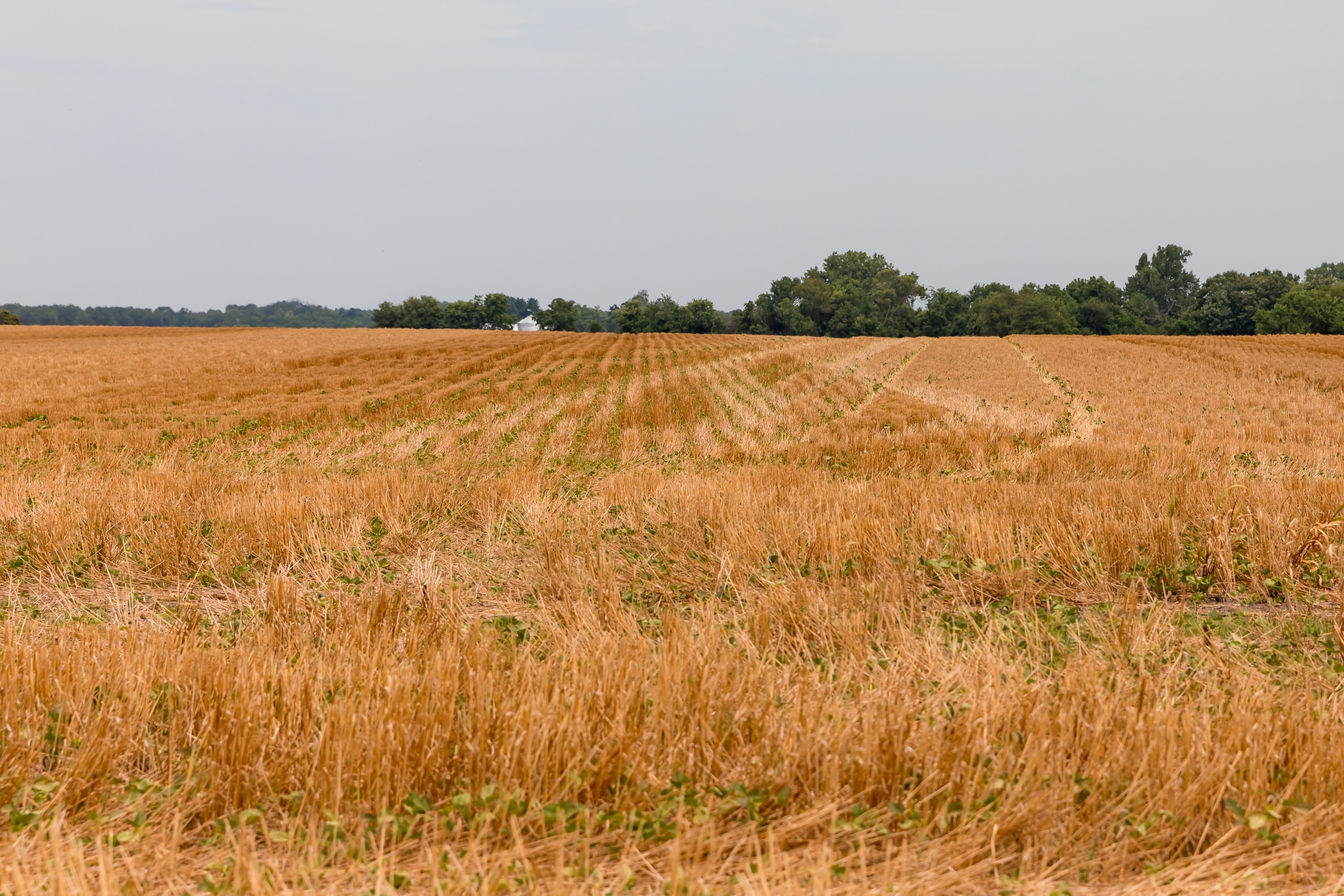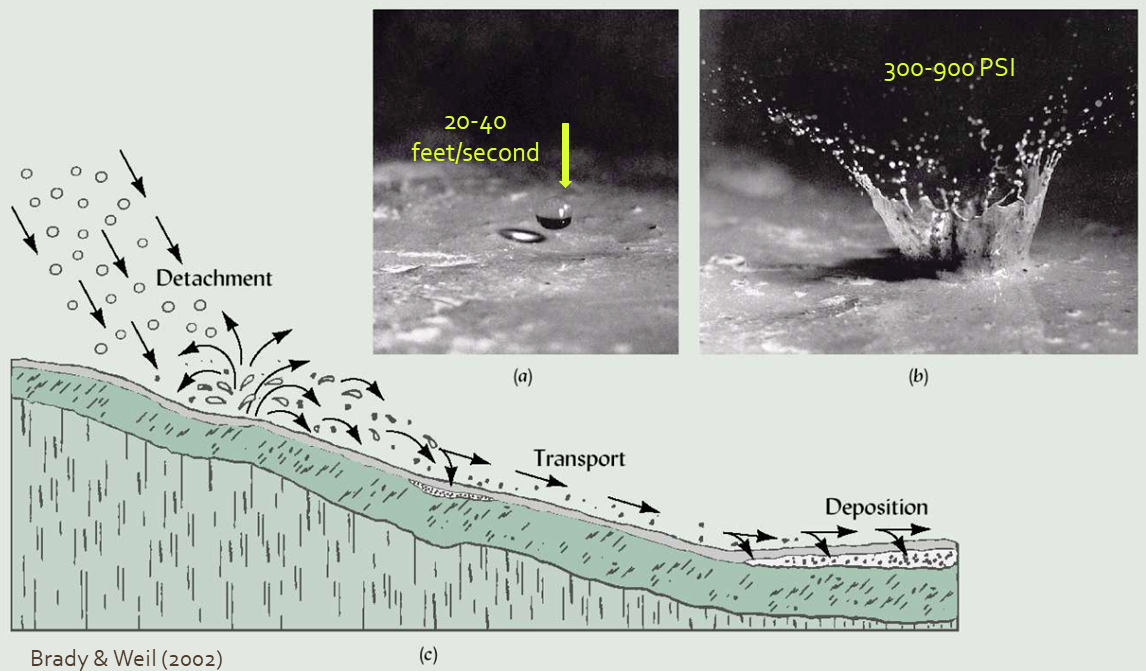Soil armor—or cover—provides numerous benefits for cropland, rangeland, hayland, gardens, orchards, road ditches and more.
Let’s take a closer look at some of the soil armor benefits:

- Controlling wind and water erosion: Armor protects soil from wind and/or water, holding the soil in place, along with valuable soil organic matter and nutrients.

- Evaporation rates: Armor reduces the soil evaporation rates, keeping more moisture available for plant use.
- Soil temperatures: Armor helps soils maintain a more moderate range of temperatures, keeping soil warmer in cold weather and cooler in hot weather. Like us, the soil food web functions best when soil temperatures are moderate.
- Compaction: Rainfall on bare soils is one cause of soil compaction. When rainfall hits the armor instead of bare soil, much of the raindrop energy is dissipated.
- Suppresses weed growth: Armor limits the amount of sunlight available to weed seedlings.
Soil armor should be evaluated by looking straight down at the soil surface and asking yourself, “What percent of the soil is protected by the residue?” Erosion needs to be controlled before you can start building soil health. The goal is to cover 100% of the soil with a green plant/residue during the growing period and residue during the dormant periods.
LINKS
Documents:
SARE - Cover Crops at Work: Keeping Nutrients Out of Waterways
SARE - Cover Crops at Work: Increasing Soil Organic Matter
SARE - Cover Crops at Work: Covering the Soil to Prevent Erosion
SARE - Cover Crops at Work: Improve Soil Conditions and Prevent Pollution
Penn State Extension - Armoring Fields to Avoid Erosion
USDA - "Health Soils are covered all the time"

